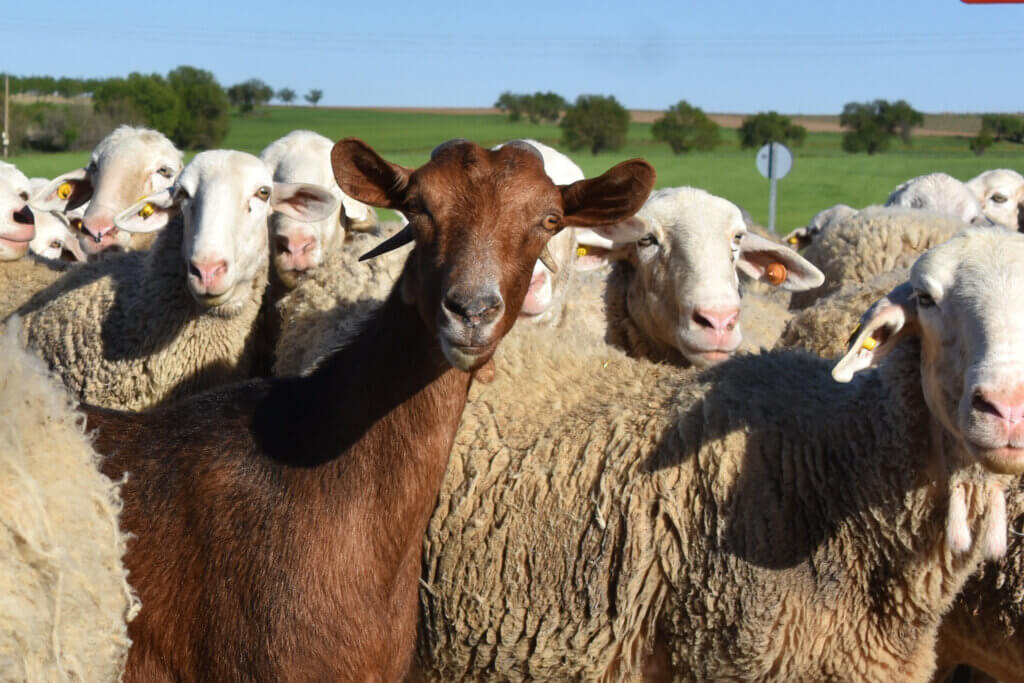31 When the Son of man shall come in his glory, and all the holy angels with him, then shall he sit upon the throne of his glory:
32 And before him shall be gathered all nations: and he shall separate them one from another, as a shepherd divideth his sheep from the goats:
33 And he shall set the sheep on his right hand, but the goats on the left. (Matt. 25:31-33 KJV)
If you ever wondered what happened to believers left behind after the Rapture, they will be the first group Christ judges when He enters Jerusalem. In context the Ten Virgins, and Servants who receive Talents are “the Church” (Matthew 25:1-30). Therefore, the “Sheep” and “Goats” are the unsaved members of Christendom (cp. Matthew 13:3-9, 18-23; 13:24-30, 36-43) who were not ‘born again’ when Christ raptured the church. They knew He is Lord (Matthew 25:37, 44) and knew His teaching about charity for the sick and in prison (Matthew 25:35-39, 42-45), but only the Sheep had obeyed Him.
Although most translate the Greek ethnos as “nations” (Matthew 12:32), ethnos can refer to Gentiles or Christians (Matthew 4:14; Romans 11:15; Galatians 2:12).
Confirming the Sheep are Christians, Christ says the kingdom was prepared for them from the foundation of the world (Matthew 25:34) which cannot be said for any other people.
Therefore, Christ’s “brethren” are all who were Raptured prior to His visible descent to the earth. They are seated with Christ as His Kings and Priests (Revelation 1:6; 5:10).
The Sheep obeyed Christ’s teaching and therefore King Jesus rules they had followed Him as their Lord. They are changed in a twinkling of an eye and join Christ’s brethren Kings and Priests seated with Jesus. The Goats disobey their Lord’s teaching and are therefore cast into the Lake of Fire.
